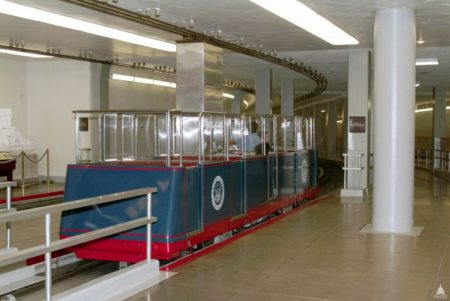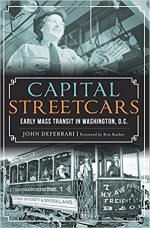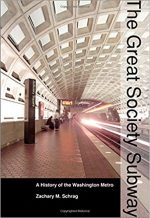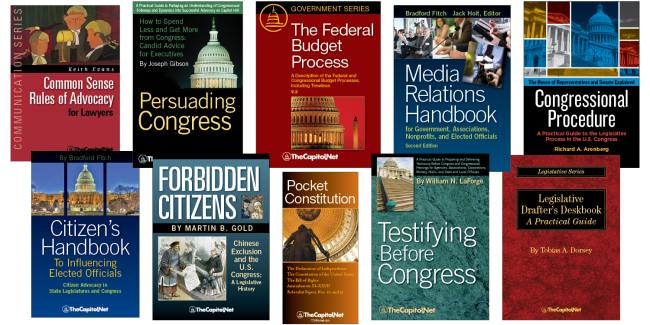From the Congressional Glossary – Including Legislative and Budget Terms
Capitol Subway System
The U.S. Capitol Subway System Beneath Capitol Hill
Underground subways in a tunnel system that connect congressional office buildings to the US Capitol building.
A series of tunnels runs between the Senate and House Office Buildings and the U.S. Capitol Building. Walkways in these tunnels allow Senators, Members of Congress, staff people, and visitors to travel quickly and safely between buildings without having to go outside.
Inside some of these tunnels are subway cars. Pictured here is one of the earliest of those cars, one of a duo known affectionately as “Peg” and “Tommy.” Both cars were designed by the Studebaker Company. They were first put into service on March 7, 1909, the day the Senate Subway opened.
The following day, the Washington Post had this to say of the new Senate subway and its cars:
“…senators will be enabled to whiz between the Capitol and their Office buildings in a jiffy. . .the new autos are natty, light tan in color and with comfortable leather-covered seats. They are operated by 5 horsepower storage batteries and can make about 12 miles per hour, unless the Senators object to this speed…”
In 1912, Peg and Tommy were replaced by a new monorail system. That system has been upgraded since, but the Senate subway continues to carry Senators and visitors quickly to and from the Capitol.
The Capitol Subway System, Sen. Jeff Bingaman
Congress has its own exclusive subway — here’s what it’s like
The Capitol subway consists of three lines: two on the Senate side on the north side of the Capitol, and one on the House side on the south side of the Capitol. The dotted lines on the upper map show the two lines from the Senate side of the Capitol to the three Senate Office Buildings. The House has only one line from the House side to the Rayburn House Office Building (The dotted line from the Capitol to the Cannon House Office Building is a pedestrian walkway only). See the lower map for a more detailed view of the area.
See The Unites States Capitol Subway System, from Wikipedia, for maps.
More
- Capitol Subway System – Architect of the Capitol
- Senate Subway – Architect of the Capitol
- “Exhibit marks 100 years with the Capitol subway,” by Katy Hopkins, The Hill, December 1, 2009
- United States Capitol subway system – Wikipedia
- Straight Talk Express: 1915, photo from Shorpy
Exclusive ride on the Capitol subway
Courses
- Congressional Operations Briefing – Capitol Hill Workshop
- Drafting Federal Legislation and Amendments
- Writing for Government and Business: Critical Thinking and Writing
- Custom Training
- Congressional Operations Poster, with Federal Budget Process Flowchart
- Federal Budgeting, a Five-Course series on CD
- Congress, the Legislative Process, and the Fundamentals of Lawmaking Series, a Nine-Course series on CD
Publications
Capital Streetcars
Lost Washington, D.C.
Underground Train
The Great Society Subway: A History of the Washington Metro
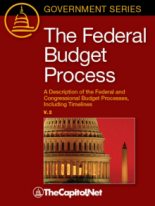
The Federal Budget Process 2E

Pocket Constitution

Citizen’s Handbook to Influencing Elected Officials: A Guide for Citizen Lobbyists and Grassroots Advocates
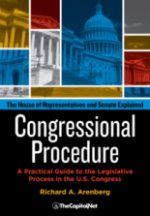
Congressional Procedure
CongressionalGlossary.com, from TheCapitol.Net
For more than 40 years, TheCapitol.Net and its predecessor, Congressional Quarterly Executive Conferences, have been teaching professionals from government, military, business, and NGOs about the dynamics and operations of the legislative and executive branches and how to work with them.
Our custom on-site and online training, publications, and audio courses include congressional operations, legislative and budget process, communication and advocacy, media and public relations, testifying before Congress, research skills, legislative drafting, critical thinking and writing, and more.
TheCapitol.Net is on the GSA Schedule, MAS, for custom on-site and online training. GSA Contract GS02F0192X
TheCapitol.Net is now owned by the Sunwater Institute.
Teaching how Washington and Congress work ™

